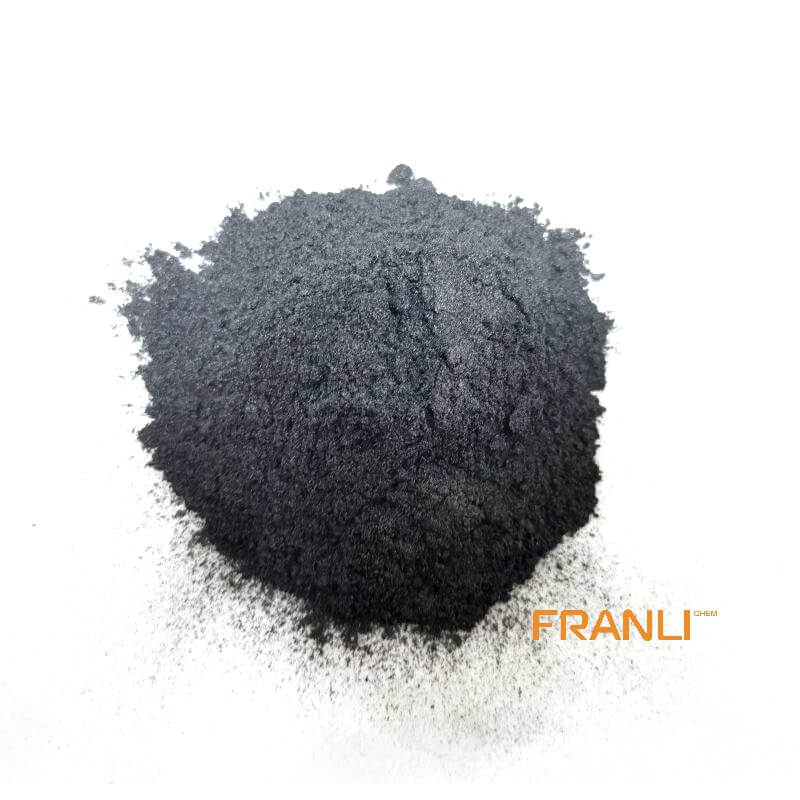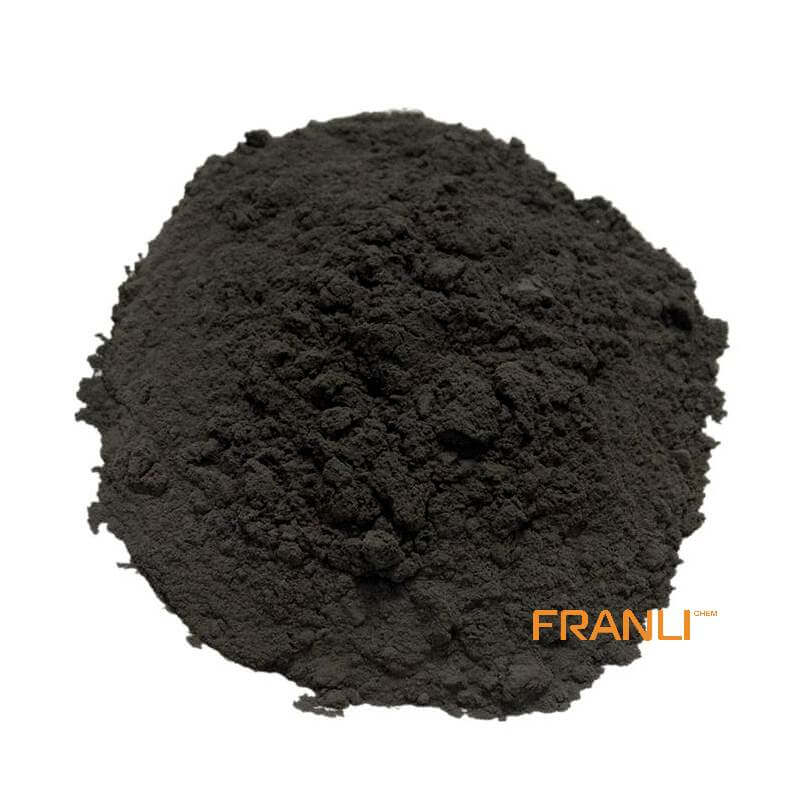

Amorphous Graphite
Size
45μm, 75μm, 150μm, etc
Package
25kg small bags into ton bags or ton bags
Origin
China
Features
Under high temperature conditions, it has special oxidation resistance, etc
Application
Casting coatings, oil field drilling, battery carbon rods, steel, casting materials, refractories, dyes
It is an aggregate of amorphous graphite. The crystal form can be seen only under the electron microscope. Amorphous graphite ore is gray black and steel gray, generally dull, with dense massive, earthy, layered, and lamellar structures. This kind of graphite lacks luster, its lubricity is lower than that of flake graphite, and its selectivity is poor. However, the grade is high, the carbon content is generally 60% ~ 80%, a few are up to more than 90%, the ash content is 15% ~ 22%, the volatile content is 1% ~ 2%, and the moisture content is 2% ~ 7%.
Request a quoteAmorphous graphite is used as a raw material in mold release agents used in the foundry industry, and it offers many benefits to industrial processes, especially in molding applications. Mold release agents are essential materials in manufacturing, especially in the production of rubber and plastic products, and they play a key role in facilitating the extraction of molded parts from molds.

Advantages of amorphous graphite
(1) Low coefficient of friction: It has a low coefficient of friction, making it an effective lubricant in the release agent. This feature allows molded parts to be easily demolded without causing significant wear to the mold surface.
(2) Abrasion resistance: Due to its non-flaking properties, amorphous graphite has better wear resistance, which means that it can withstand wear more than other forms of graphite.
(3) Chemical resistance: It is resistant to chemicals, which makes it an excellent release agent raw material in applications involving the use of aggressive chemical reagents.
(4) Thermal conductivity: It has high thermal conductivity, making it an ideal additive for mold release agents used in high-temperature applications. The addition of amorphous graphite to the release agent allows for better heat transfer and reduces the risk of thermal damage to the mold surface.
Applications of amorphous graphite
It is mainly used as a release agent in the production of rubber and plastic products. It has unique properties that make it an ideal raw material for high-temperature and chemically resistant release agents. In addition, amorphous graphite can be used in a wide range of other applications:
(1) Coating: It can be used to manufacture special coatings with high wear resistance and chemical resistance. These coatings are commonly used in the marine, automotive and construction industries.
(2) Lubricant: Due to its low coefficient of friction, it can also be used in the production of lubricants, especially in applications that require high temperature resistance.
(3) Parts products: amorphous graphite has become an important part of various industries. It is commonly used in the production of gaskets, seals and other rubber products, as well as in the manufacture of plastic products such as toys, car parts and even medical equipment.
(4) Electrodes: Electrodes used in the production of batteries and fuel cells, while their low coefficient of thermal expansion makes them valuable in the production of refractory materials such as furnace linings.

Characteristics of amorphous graphite
It can be easily sheared under pressure, and unlike crystalline graphite with a well-defined atomic structure, amorphous graphite lacks this structure, resulting in its unique physical properties. This allows it to be used as an effective lubricant and release agent.
In the manufacture of polymer and rubber products, amorphous graphite is used as a release agent to prevent these products from sticking to the mold during production. Its unique structure allows it to form a thin, non-stick layer between the product and the mold, ensuring a smooth and efficient production process.
Amorphous graphite is not without its drawbacks, it is slightly more expensive than other types of graphite, such as flake graphite, and can be difficult to manufacture. Despite these limitations, amorphous graphite remains an important raw material for manufacturing. Its excellent properties make it ideal for a wide range of applications and is likely to continue to be an important material for years to come.



